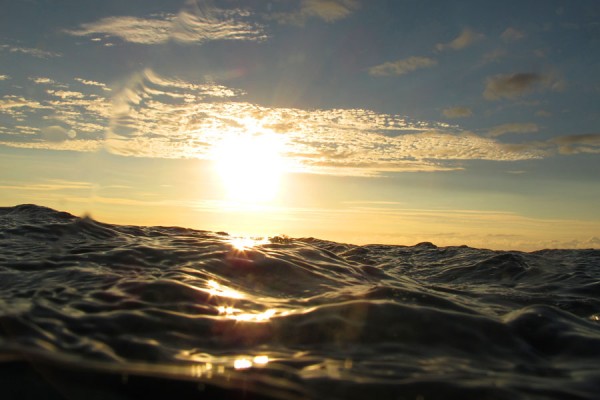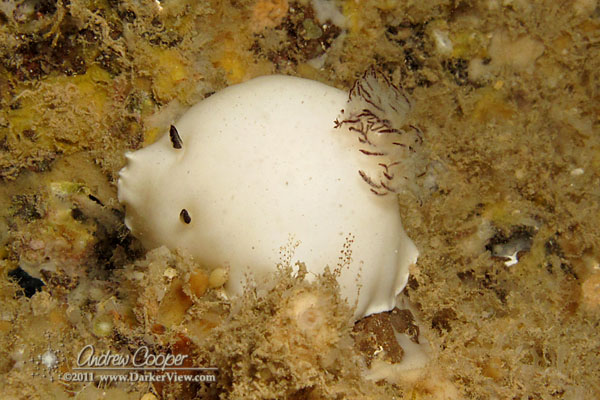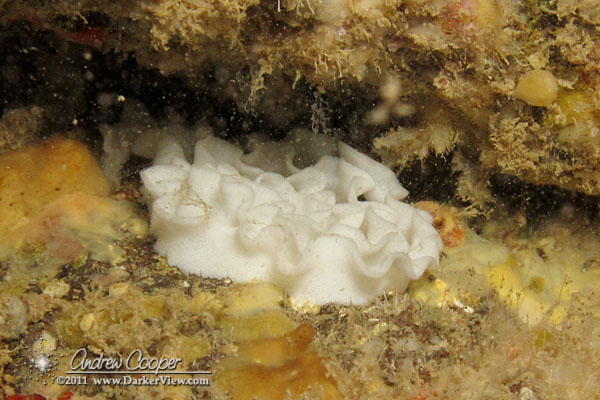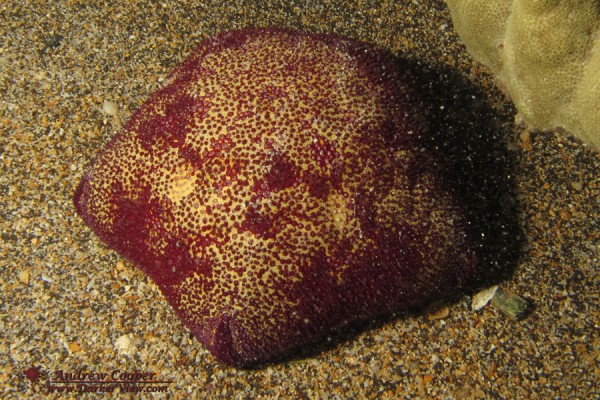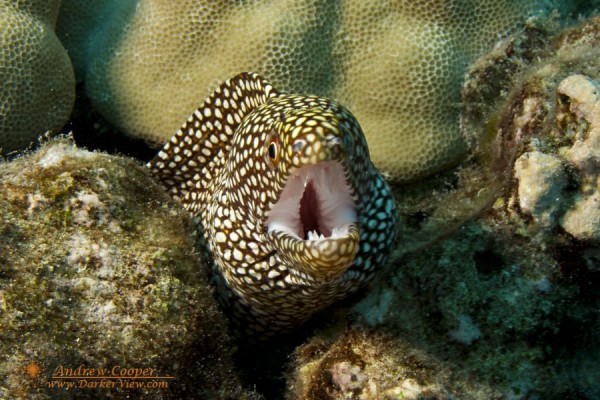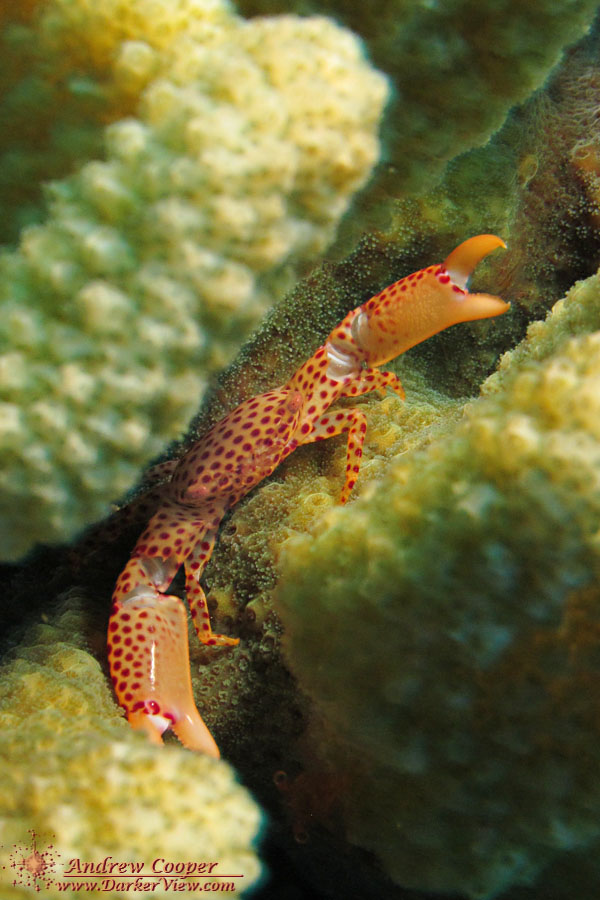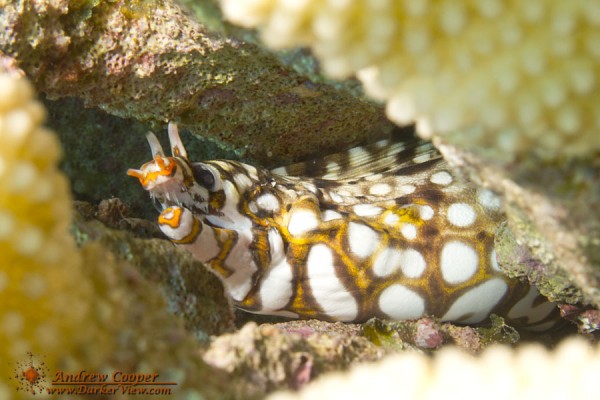The needle on the air gauge is edging into the red, time to consider the inevitable. I must soon head for the surface, the end of the dive.
For over an hour I have lived in a world so different than the normal human existence. I have navigated in three dimensions, swimming not only down and around obstacles, but over them, sometimes hovering above the terrain. A breath in, maybe a breath out, I fine trim my buoyancy to glide up or down, maneuvering just inches above the coral. A few times in the dive I add or release air from the BCD to trim buoyancy. This is a form of locomotion so very different than walking on land. It is so much like flying that you can not help but to make the comparison.
I have no choice, my tank exhausted, I turn and head upwards. Just below the surface I hit the button, air hisses and the BCD fills, I am soon floating amongst the waves. Removing the regulator I take a first breath of un-bottled air. Looking about, I consider the blue water, the waves and beauty of the moment. It is nice to be back into the world above water. As I swim back to shore I wonder about getting a drink of water, maybe some food for my tired body. How soon can I download the memory card to check the photos? Was that last shot in focus?
There is always another thought… I roll and look downwards to the coral below… How soon will I be back?
